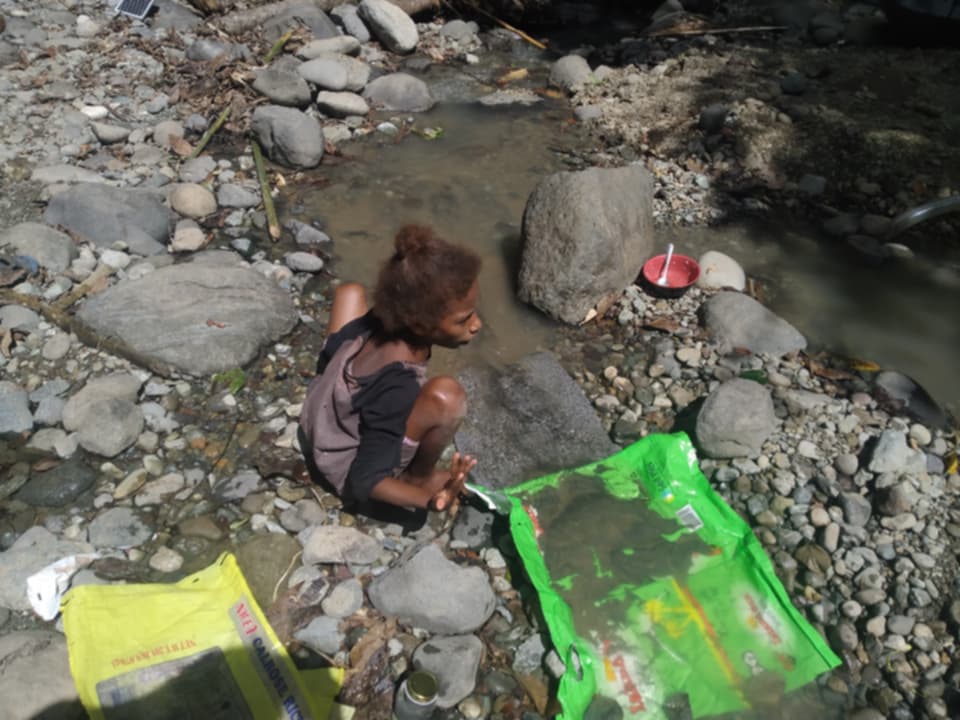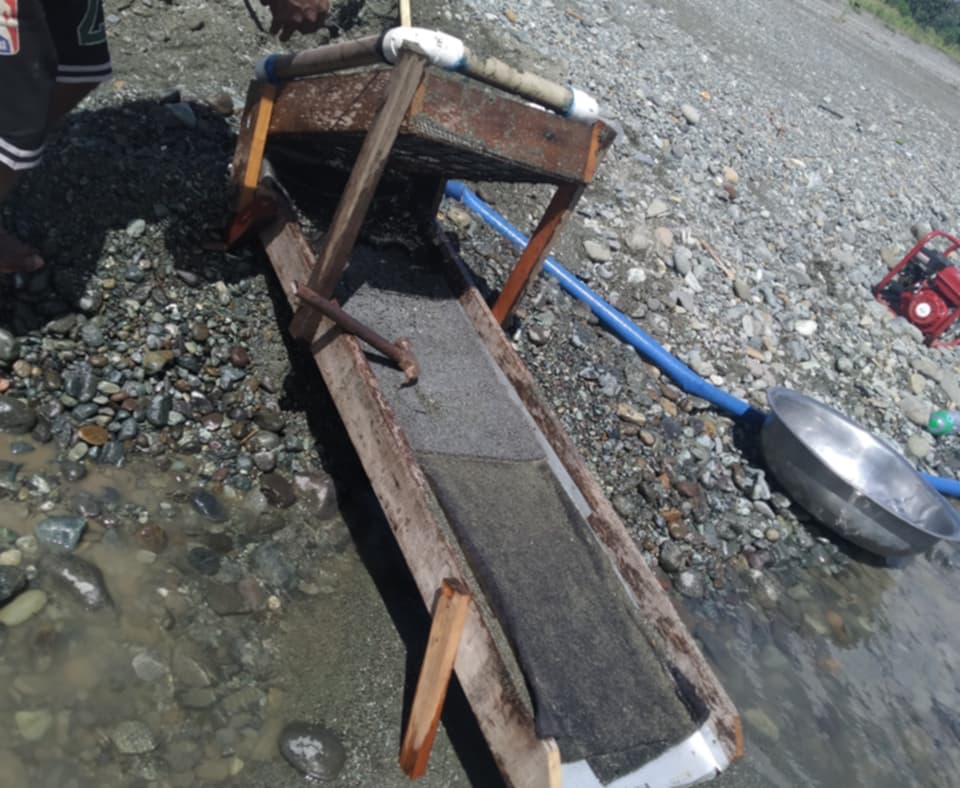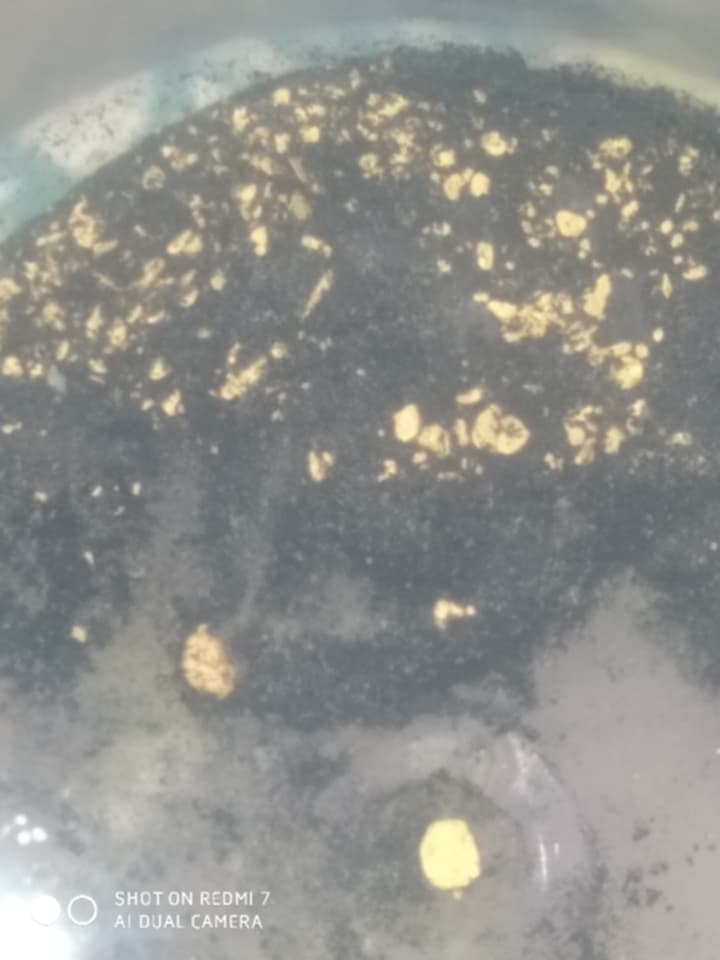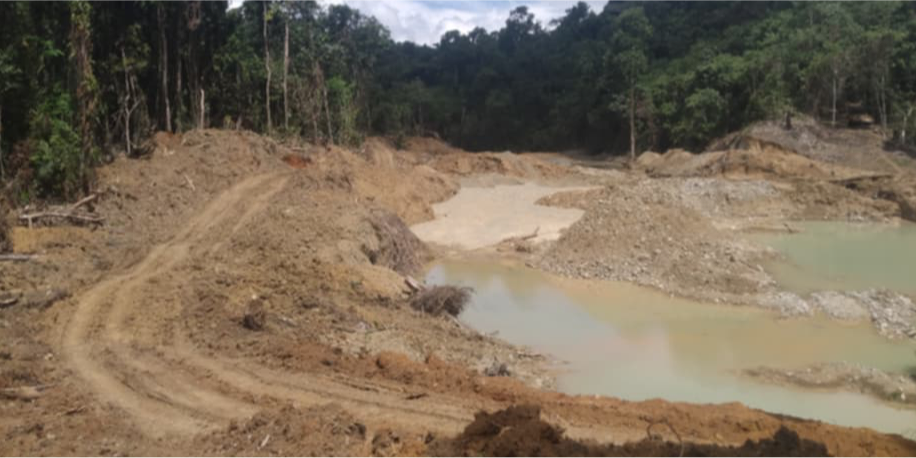River mining is one of the most commonly used method by villagers to extract gold.
It involves the extraction of minerals and resources from riverbeds and surrounding environments.
However, this method raises several environmental and socio-economic concerns.
This process is happening in some places and rivers in Guadalcanal and other parts of the country.
Its a problem facing many communities especially those living down streams and didn’t access royalty payments.
Concerned people affected by this issue also faced health and poor water quality that could be a lifetime hazard for the them and the natural river habitants including fish populations and other wildlife that rely on healthy river ecosystems.
The alteration of their habitats can lead to declining species and biodiversity loss.
Villagers in East Central Guadalcanal are now experiencing similar problem.
An elderly person from Mamasa village in the East Central Guadalcanal, Mr John Mark said that they already faced alot of challenges and changes in terms of getting proper water source.
Now they have been forced to get drinking water by digging small wells along the river banks.
“We depend on our river for drinking by digging small well along the river banks, especially during the dry season when our water tanks are empty.”
Since river mining commenced up stream, they started facing other problems like dirty water.

Some key issues associated with river mining include:
1. **Environmental Degradation**: The removal of sediment and materials from riverbeds can lead to significant changes in the river’s ecosystem. This can disrupt habitats, affect water quality, and interfere with the natural processes of sediment transport.
2. **Biodiversity Loss**: River mining can adversely impact aquatic life, .
3. **Erosion and Riverbank Stability**: Excessive mining can increase erosion along riverbanks, leading to land degradation and increased sedimentation downstream. This can alter the physical characteristics of the river, making it more prone to flooding and changing its flow patterns.
4. **Water Quality**: Mining activities can introduce pollutants and toxins into the river system, adversely affecting water quality. This not only impacts aquatic life but also poses risks to human health, especially for communities that depend on the river for drinking water and agriculture.
5. **Social Conflicts**: River mining can lead to conflicts over resource use, particularly in areas where multiple communities rely on the same water resources. Disputes can arise over land rights, access to clean water, and the distribution of economic benefits generated from mining activities.
6. **Siltation**: The extraction process can lead to increased siltation downstream, which can affect water flow, alter habitats, and impact fish spawning areas.
7. **Regulatory Challenges**: In many regions, river mining is poorly regulated, leading to unregulated or illegal mining practices that can exacerbate environmental and social issues.
8. **Economic Impacts**: While river mining can provide economic benefits and job opportunities, it can also lead to unsustainable practices that undermine long-term economic viability and community well-being.

Addressing these concerns requires a balanced approach that considers environmental sustainability, community rights, and regulatory frameworks.
Effective management and oversight, along with community engagement, are crucial to minimizing the negative impacts of river mining and ensuring the preservation of vital river ecosystems.
By John Chrisma
Solomon Star












